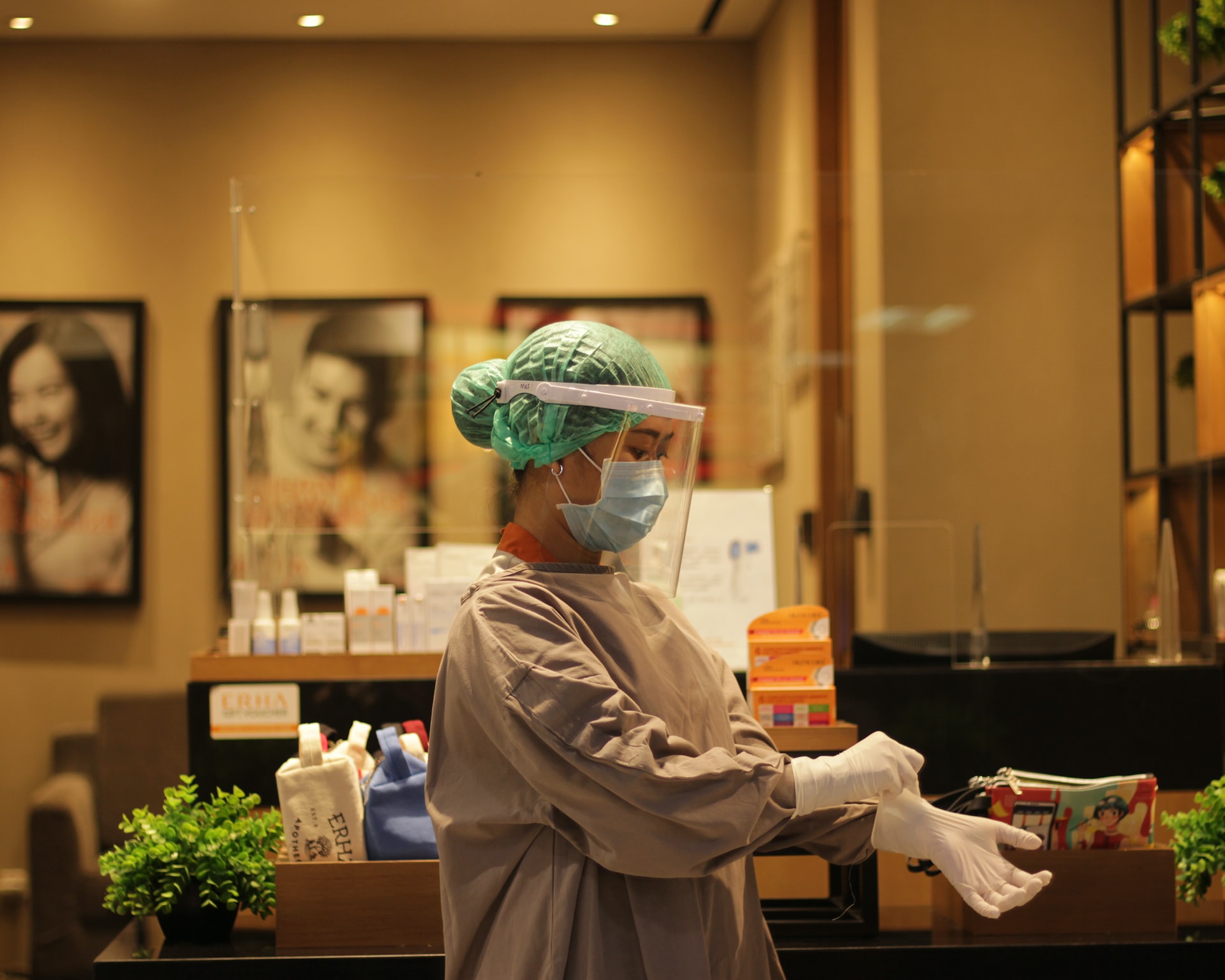Not everyone is pessimistic; some experts are still counting on 2022. They hope that this will be the year in which the direction of the pandemic will change definitively, towards a more favorable one, where cases will begin to descend, and we will be able to speak of a global end to the virus.
The Spanish flu had several waves during 1918, 1919 and 1920; those 3 years provide a clue as to how Covid-19 could develop, but the two pandemics cannot be compared in their entirety. Present-day science, health and mutations open the gap between both.
Evidence shows the Omicron variant to be more contagious and with the ability to evade immune response, putting the scientific community and the world on alert. However, a year ago the situation was totally different, this more viral attack occurs at a time of more vigilance with vaccines, studies and a large number of people already recovered from the infection. This allows us to have a less pessimistic perspective and a vision of the future that is closer to what we consider normal.

The arrival of coronavirus in Wuhan at the end of 2019, and the declaration of the pandemic in the first quarter of 2020, taught us that, although certain scenarios can be evaluated, the future is uncertain. At any time the context can change, hopefully for the better in 2022.
One truth that cannot be hidden is that the pandemic has left people exhausted. A possible cycle of new restrictions is stressing the population. Will the world remain in this uncertainty or will it soon return to what is considered normality?
During part of 2021, people were able to return to their jobs and enjoy activities such as concerts that gave a sense of normalcy to some extent. The desired freedom, after a year of confinement, came with a bit of denial of reality, for many it was like a real end, but the virus continued to mutate and spread. We must recognize that isolation is difficult, and many have experienced it at a deeper level. Human beings need connection, otherwise we run the risk of having internal crises that extend beyond the virus.
Pandemic fatigue puts people’s mental health at risk. Fear and anxiety can become chronic problems that threaten to turn into a new pandemic. Life-threatening and near-death experiences can cause post-traumatic stress disorder, and the pandemic has led many people to live through complicated situations that place their mental and, ultimately, their physical health at stake.
Some of the most affected are healthcare workers, who have been tirelessly helping the world over this time. Along the way, they have fallen ill, seen colleagues pass away and lost many patients. It is undoubtedly the most challenging work environment today, generating huge amounts of stress, worry and threat.
The International Council of Nurses reported a shortage in the guild. Many of them intend to resign due to burnout and others have already quit. According to figures from the World Health Organization, some 115,000 nurses have died from Covid, but the International Council says this figure is conservative and the numbers could be higher.
On the other hand, the inequality in the distribution of vaccines between poor and rich countries was evident and a topic of debate and concern for many international organizations during 2021. According to a survey by Global Advisor, 56% of the people are optimistic about vaccination plans and expect that by 2022, 80% will have received at least one dose. The reality, however, has been different so far.
Scientists are committed to stepping up efforts to make vaccines available to everyone. The Omicron variant has raised different problems that make people understand that, in order to reach a real solution, it is necessary to look at the world and not only at individual regions.
In the same Global Advisor study, 77% of the respondents expect 2022 to be much better, after seeing how 2021 had some progress when spaces began to open and people started to receive the first doses. This shows that, although the scenario is discouraging, the population remains hopeful.
Coronavirus has not given up, it continues to attack, and for that reason we cannot lower our guard. It is necessary to maintain precautions to take care of ourselves and others, avoiding the spread of the virus. Although 2021 ended with a scenario of higher alert, we must remember that we are in a better place than we were in 2020.
Image credits: Viki Mohamad and Isaac Quesada

